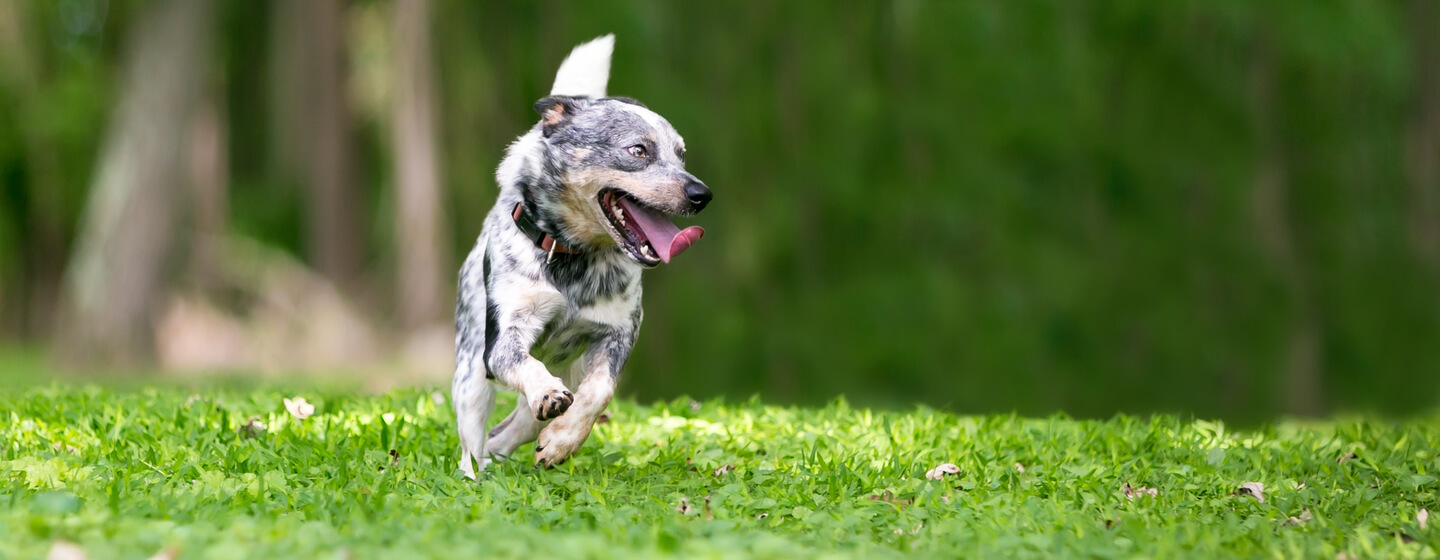
You probably know all about the unexpected spurts of energy that make our dogs (and particularly our pups) whirl around like tornadoes and do laps around the coffee table like it’s an Olympic track if you have a dog. Have you ever stopped to consider what it is that they are doing?
We hope this comprehensive guide to the phenomenon we call “dog zoomies” helps you understand and deal with this common problem.
When asked, “What is dog zoomies,” many people struggle to explain the term
The technical term for zoomies in dogs and puppies is FRAPs, which stands for “Frenetic Random Activity Periods.” During these times, your dog may exhibit hyperactivity in the form of frantic, incessant circling, tail chasing, and/or laps about the home and garden. Dog zoomies don’t last long and your dog will likely be exhausted by the time they’re finished, at which point they’ll likely plop down for a nap
Why do dogs and puppies get the jitters?
In most cases, zoomies result from pent-up energy that is suddenly released in an intense burst. Don’t fret, however; this is a perfectly normal reaction. More often seen in, the occurrence of this condition tends to decrease with age. Even yet, it doesn’t mean it’ll never happen again; FRAPs are still common in canines of advanced age.
When are dogs most likely to have a zoomie?
Despite the fact that a FRAP occurs due to accumulated stress, there are some situations that are more likely to bring it on:
Before settling down for the night, your dog may be attempting to let some of his pent-up energy out.
Dogs may get a surge of adrenaline after a wash, whether they’re attempting to dry off quickly or are just relieved to be done with the bath (or perhaps both)
Following a meal: dogs who are very preoccupied with food often display this behavior.
When we’re attempting to teach our dogs something and they’re having trouble grasping it, frustration and anxiety may build up throughout the training session.
Does it hurt when a dog zooms?
While the behavior itself isn’t hazardous, the environment in which it’s practiced may be, especially if the individual is prone to slipping and falling on smooth surfaces like laminate or hardwood floors, or running into fixed objects like tables and chairs. Instead of attempting to halt the behavior, redirect it outdoors or, if that’s not feasible, onto a carpeted place if you’re worried your dog could hurt themselves within the home.